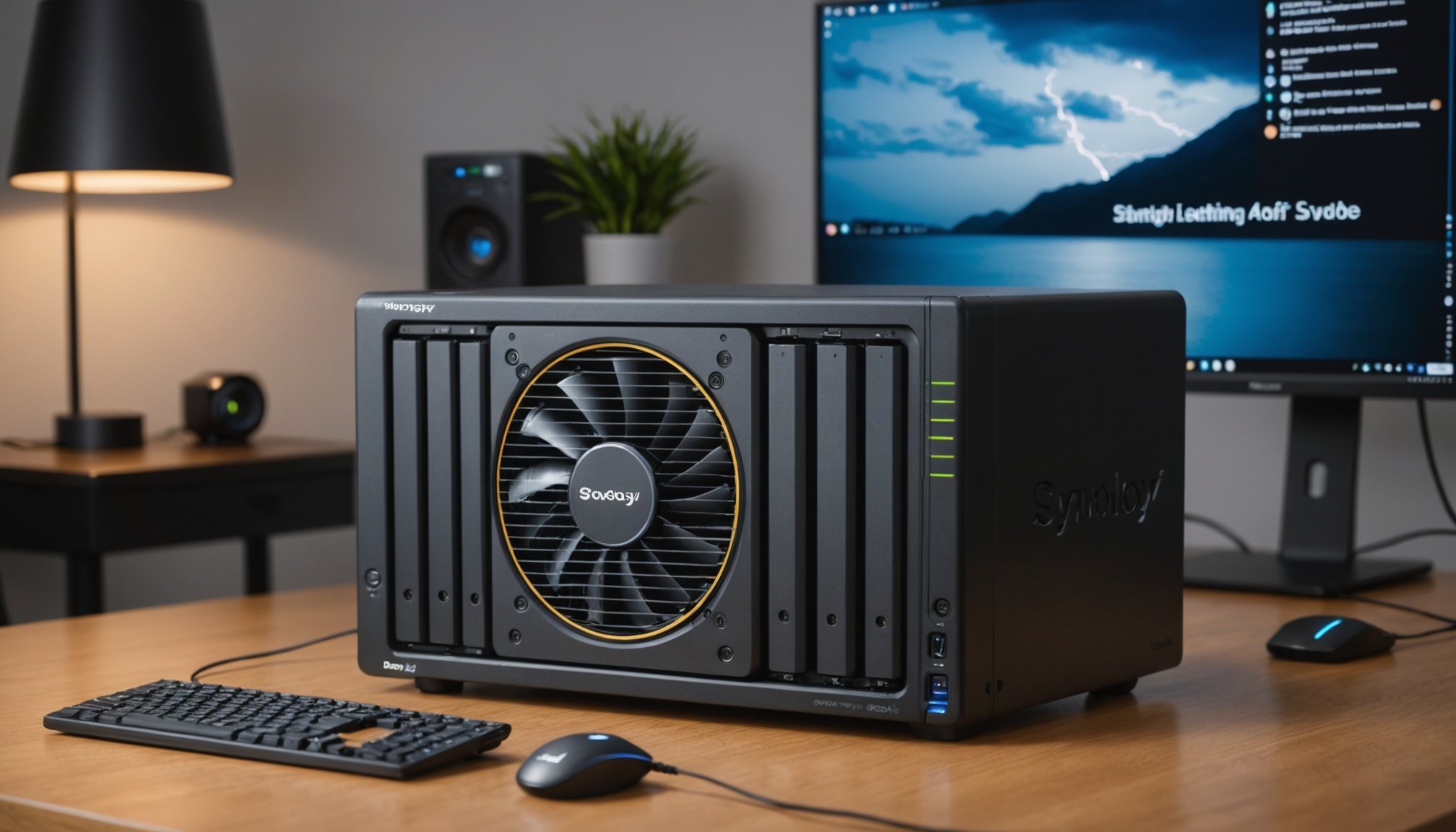Understanding RAID 0
RAID 0, known for its performance benefits, is a configuration that involves striping data across multiple disks, resulting in improved read and write speeds. This setup is particularly advantageous for video editing tasks where speed improvements are critical. By splitting data evenly across disks without redundancy, RAID 0 accelerates data throughput, enhancing workflow efficiency.
One of the primary performance benefits of RAID 0 in video editing is the notable increase in data transfer speeds, crucial when handling large video files. This enables editors to work with high-resolution footage more effectively, reducing the time spent on rendering and exporting. However, it’s important to consider the potential drawbacks associated with RAID 0. The absence of data redundancy means that if one disk fails, all data on the array is lost, presenting a significant risk for users who store valuable data without backup solutions.
In parallel : Achieve 4K Video Excellence: Optimize Your HP Z2 Tower G5 for Peak Performance
Despite the video editing performance enhancement, RAID 0 does not offer fault tolerance. Video editors opting for this setup must employ regular data backup strategies to safeguard against potential data loss. The configuration is suitable for environments where performance is prioritized over data security.
Setting Up RAID 0 on Synology DS1621+
A Synology DS1621+ offers users a robust platform for deploying a RAID 0 configuration, but it requires thorough preparation and understanding to maximize its benefits.
Also read : Mastering 4K Streaming on Your Intel NUC 8: Essential Firmware Tweaks for Peak Performance
Pre-Setup Considerations
Before configuring RAID 0 on the Synology DS1621+, certain hardware requirements must be met. Ensure compatible hard drives with adequate capacity are installed. Data integrity is paramount, so it’s crucial to conduct full data backups. This step mitigates risks posed by RAID 0’s lack of redundancy. Further, check the compatibility of the drives and hardware within Synology’s specifications to prevent any setup issues.
Step-by-Step Configuration Guide
Accessing Synology DiskStation Manager is the first step towards creating your RAID 0 volume. Within the management interface, follow the guided RAID setup instructions. Synology provides clear, step-by-step prompts to facilitate configuration. Once completed, verification is key; confirm the RAID 0 setup through system checks to ensure all parameters and connections function as intended.
Post-Setup Optimization
Maximize your configuration by adjusting performance settings; this may involve tweaking data caching options. Consider using Synology’s monitoring tools to track performance metrics and ensure your RAID 0 maintains its expected speed and efficiency. Consistent monitoring is vital to pre-emptively address potential issues.
Troubleshooting Common RAID 0 Issues
Deploying a RAID 0 configuration can offer impressive speed benefits, but it’s not without its potential pitfalls. Knowing the common issues that users might face is critical to maintaining optimal performance.
Identifying Symptoms of RAID 0 Problems
Signs of RAID failure can include unusual noises from the hardware, unexpected data corruption, or a sudden drop in performance. Regular monitoring of system health can preemptively highlight these issues. Tools like Synology’s Health Monitors are adept at detecting early warning signs. In video editing, where high data transfer speeds are vital, quick identification of problems ensures seamless workflow continuity.
Steps for Troubleshooting
To effectively handle RAID 0 troubleshooting, start with diagnosing performance slowdowns. Use the inbuilt Synology diagnostic tools to examine drive health and connectivity. Ensuring that all drives are securely connected and free from physical damage is paramount. Employing periodic maintenance checks and firmware updates can also remedy common RAID hiccups.
Recovery Options for RAID 0 Failures
Unfortunately, data recovery from RAID 0 is challenging due to the lack of redundancy. Exploring professional recovery services is often advised over DIY attempts for critical data. However, regular backups remain the best preventive strategy to counteract severe data loss incidents.
Performance Benefits of RAID 0 for Video Editing
Harnessing RAID 0 for video editing delivers noticeable performance benefits, particularly in terms of speed. RAID 0 achieves this by striping data across multiple disks, effectively doubling the data throughput compared to traditional setups. This increased speed is pivotal for handling large video files, allowing editors to experience seamless playback and editing of high-resolution footage.
In real-world examples, editors working with demanding applications like Adobe Premiere Pro or DaVinci Resolve report significant time savings during the rendering and exporting processes. For instance, transferring large raw video files can become noticeably quicker, reducing bottlenecks in the workflow. The efficiency boost provided by RAID 0 can be the difference between meeting a tight deadline and missing it.
Despite these speed improvements, it’s crucial to remember that RAID 0 lacks data redundancy. This means there is a heightened risk of data loss if any disk in the array fails. Therefore, while the performance gains are undeniable, integrating a robust backup strategy alongside RAID 0 is imperative to safeguard vital projects. Balancing RAID 0’s speed with security considerations is essential for video editors looking to optimise their editing setups.
Best Practices for Using RAID 0 in Video Editing
Video editing demands speed and efficiency, making RAID 0 an attractive option for professionals. To leverage the full benefits of RAID 0, editors should adhere to several best practices. Regular data backups are crucial due to RAID 0’s lack of redundancy. This ensures that vital projects remain safe, even if a drive fails.
Optimizing the RAID setup involves maintaining ideal conditions for disk performance. Routine checks on drive health can prevent unexpected failures. Additionally, integrating software that monitors data throughput and performance metrics facilitates the early detection of potential issues.
Scheduling periodic re-evaluations of your RAID configuration is equally important. As technology evolves, newer and more efficient storage solutions may become available, potentially offering better performance or reliability than current setups. Keeping abreast of these advancements allows editors to make informed decisions about their storage strategy.
Implementing these best practices not only enhances the performance of RAID 0 but also helps mitigate risks associated with its use in video editing. By prioritizing both speed and security, editors can ensure their workflows remain efficient and their data protected.











